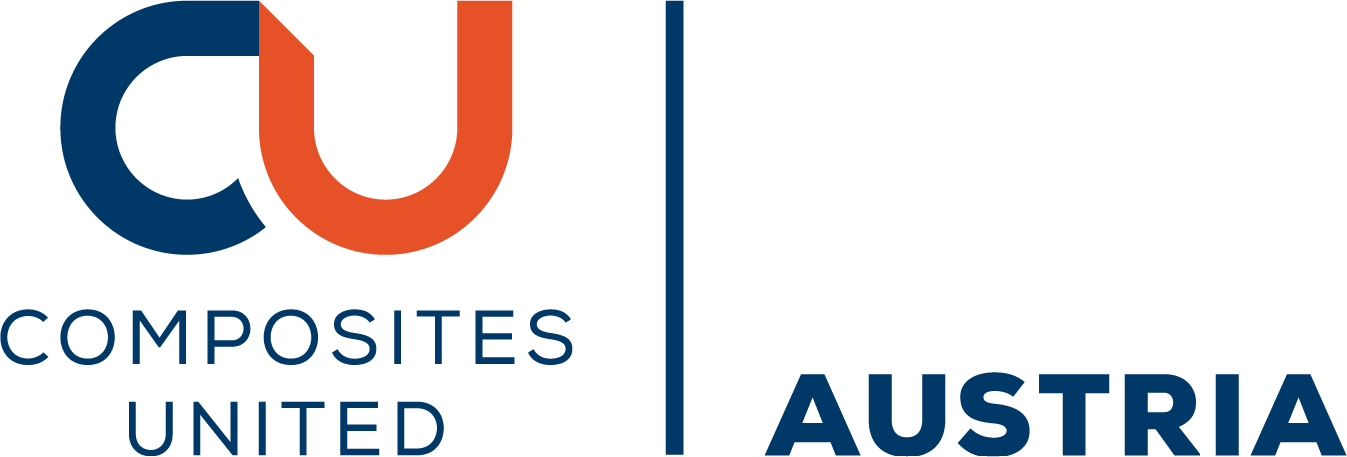
Advanced Analytical Model for the Design and Mechanical Analysis of Thick-walled Composite Pressure Vessels for Hydrogen Storage
Please login to view abstract download link
In the global transition towards net zero emissions, composites are more relevant than ever due to their high-strength and low-weight features. An example where the composite strength is pushed to its boundaries is a Type IV composite pressure vessel to store hydrogen at a pressure of 70 MPa. To withstand the extremely high stresses at this pressure, 40-50 layers of epoxy-impregnated carbon fibre tows are wound around a polymer mandrel, resulting in high composite thicknesses (e.g. 30 mm for a 180 mm radius). These thick-walled composite vessels display notably different mechanical behaviour compared to more common thin-walled composite structures, since out-of-plane stresses play an important role with radial stresses reaching 70 MPa at the inner layers. Moreover, the transition between the cylindrical and dome region of the vessel is a critical area where important shear and bending stresses arise. The industry often relies on quick analytical methods to design Type IV pressure vessels. A popular approach is netting analysis, where only fibres are considered, and bending effects are neglected. More recent publications propose analytical methods based on Classical Laminate Theory, where out-of-plane stresses are not included. To overcome these shortcomings, an advanced analytical approach is proposed which includes both out-of-plane stresses and bending effects. This is achieved by superimposing two models: Model 1 is based on 3D elasticity theory for multilayered structures and calculates the mechanical behaviour of the cylinder and dome as two distinct components, Model 2 enforces continuity at the dome-cylinder interface, by calculating the bending and shear loads for composite shells. Our model generates results within one second, and is validated by comparing to finite element simulations in Abaqus. Excellent agreements are demonstrated for both the general response (Model 1), and the local response at the dome-cylinder interface (Model 2).






